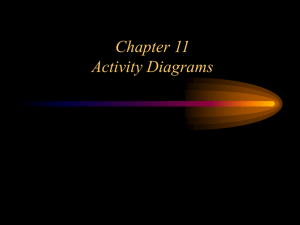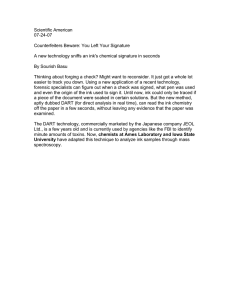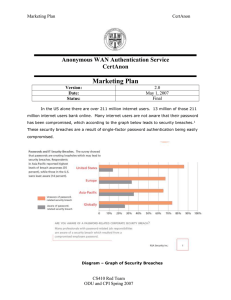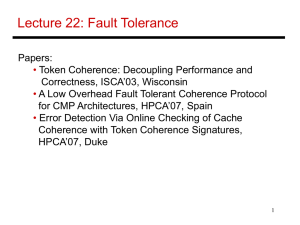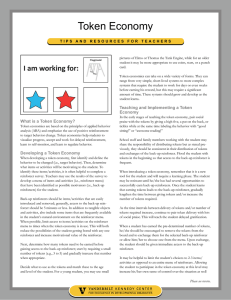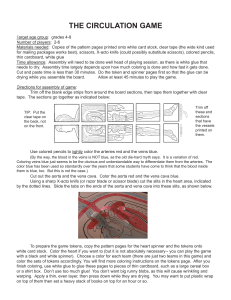9.65 - Cognitive Processes - Spring 2004
advertisement
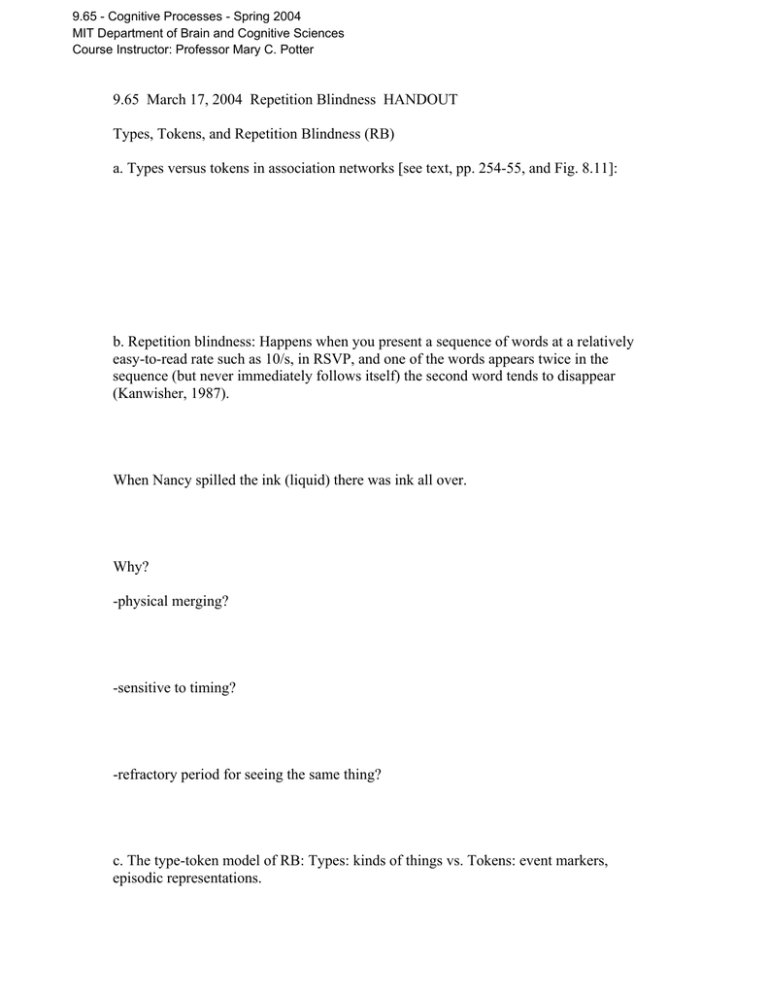
9.65 - Cognitive Processes - Spring 2004 MIT Department of Brain and Cognitive Sciences Course Instructor: Professor Mary C. Potter 9.65 March 17, 2004 Repetition Blindness HANDOUT Types, Tokens, and Repetition Blindness (RB) a. Types versus tokens in association networks [see text, pp. 254-55, and Fig. 8.11]: b. Repetition blindness: Happens when you present a sequence of words at a relatively easy-to-read rate such as 10/s, in RSVP, and one of the words appears twice in the sequence (but never immediately follows itself) the second word tends to disappear (Kanwisher, 1987). When Nancy spilled the ink (liquid) there was ink all over. Why? -physical merging? -sensitive to timing? -refractory period for seeing the same thing? c. The type-token model of RB: Types: kinds of things vs. Tokens: event markers, episodic representations. Claim of the Type-Token hypothesis is that when there are actually two distinct tokens of the same word type (ink...ink), and they occur close in time/space, then the brain fails to set up a second token, but instead assumes that the second occurrence is just more evidence for the first occurrence. There's a refractory period for setting up the second token, but NOT a refractory period for processing the type information in the second token: it just gets added to that of the first token. But: some questions: -what KINDS of types? -Written words? -so: just letters? The two stimuli seem to have to have substantial overlap. -what about OTHER stimuli? -Bavelier's work -numbers: three 3 -homophones: I/eye; eight/ate; seas/seize. -what about pictured objects: RB? To conclude: RB represents either a limitation or a design feature of the visual/wordname representation system: you don't readily encode the same thing or highly similar things (at some level) twice within a short time period.






